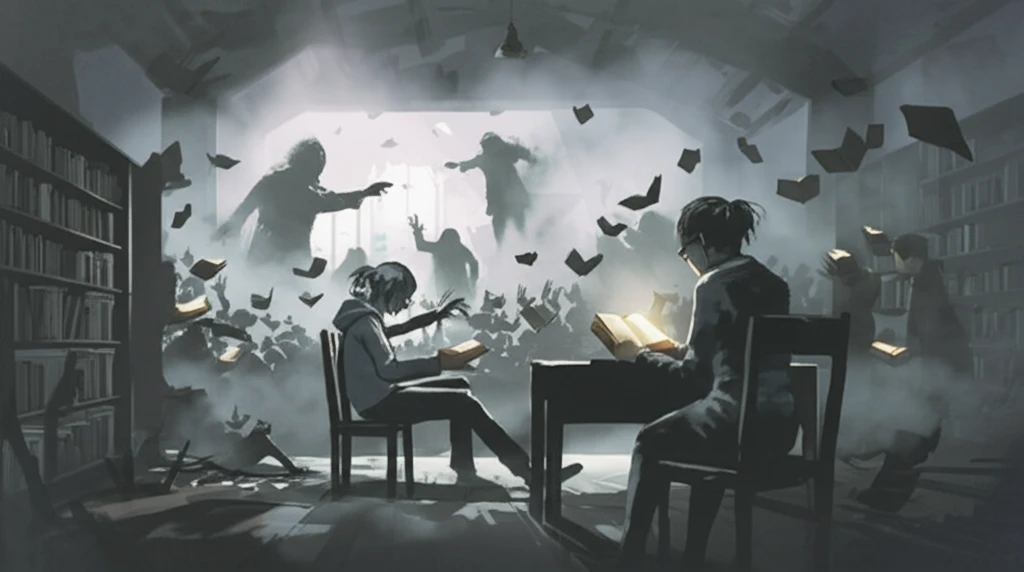
Grief, Ghosts, and Great Wars: Finding Meaning in Mourning
"How Literature and Mysticism Helped Navigate Loss After World War I"
The aftermath of World War I left a world reeling. Millions mourned lost loved ones, grappling with a sense of loss that permeated every aspect of life. In this environment of profound grief, many turned to unconventional avenues for solace and understanding. Literature became a mirror reflecting collective trauma, while mysticism offered a framework for processing the intangible aspects of loss.
George M. Johnson's book, 'Mourning and Mysticism in First World War Literature and Beyond: Grappling with Ghosts,' delves into this fascinating intersection. Johnson explores how British writers and intellectuals of the time sought to make sense of the senseless through psychic research, spiritualism, and literary expression. These individuals, including iconic figures like Virginia Woolf, Rudyard Kipling, and researchers like Frederic Myers, sought ways to connect with the departed and find meaning in the face of unprecedented devastation.
Their explorations weren't just personal journeys; they reflected a broader societal need to redefine life, death, and the boundaries of reality in a world forever changed. By examining these responses to loss, we can gain a deeper understanding of how individuals and societies cope with trauma and seek paths toward healing.
The Rise of Mysticism and Psychic Research

The late 19th and early 20th centuries saw a surge in interest in psychic phenomena. This wasn't limited to fringe groups; prominent scientists and intellectuals actively engaged in investigating spiritualism and psychic research. Organizations like the Society for Psychical Research meticulously studied mediums and paranormal claims, attempting to apply scientific rigor to the realm of the unseen. Johnson highlights this widespread appeal, emphasizing that it wasn't merely a rejection of reason but a genuine effort to explore the boundaries of human understanding.
- Increased interest in psychic research and spiritualism.
- Scientists sought to legitimize paranormal studies.
- Traditional religion became inadequate to address mass loss.
- Séances offered comfort and connection to the deceased.
Literature as a Mirror to Trauma
Johnson’s analysis provides a lens through which to understand how individuals and societies grapple with profound loss and trauma. By examining the literature and mystical explorations of the World War I era, we gain insight into the enduring human need to find meaning and connection in the face of unimaginable adversity. These explorations offer valuable lessons for navigating our own experiences with grief and loss, reminding us of the power of creativity, spirituality, and human connection in the healing process.
